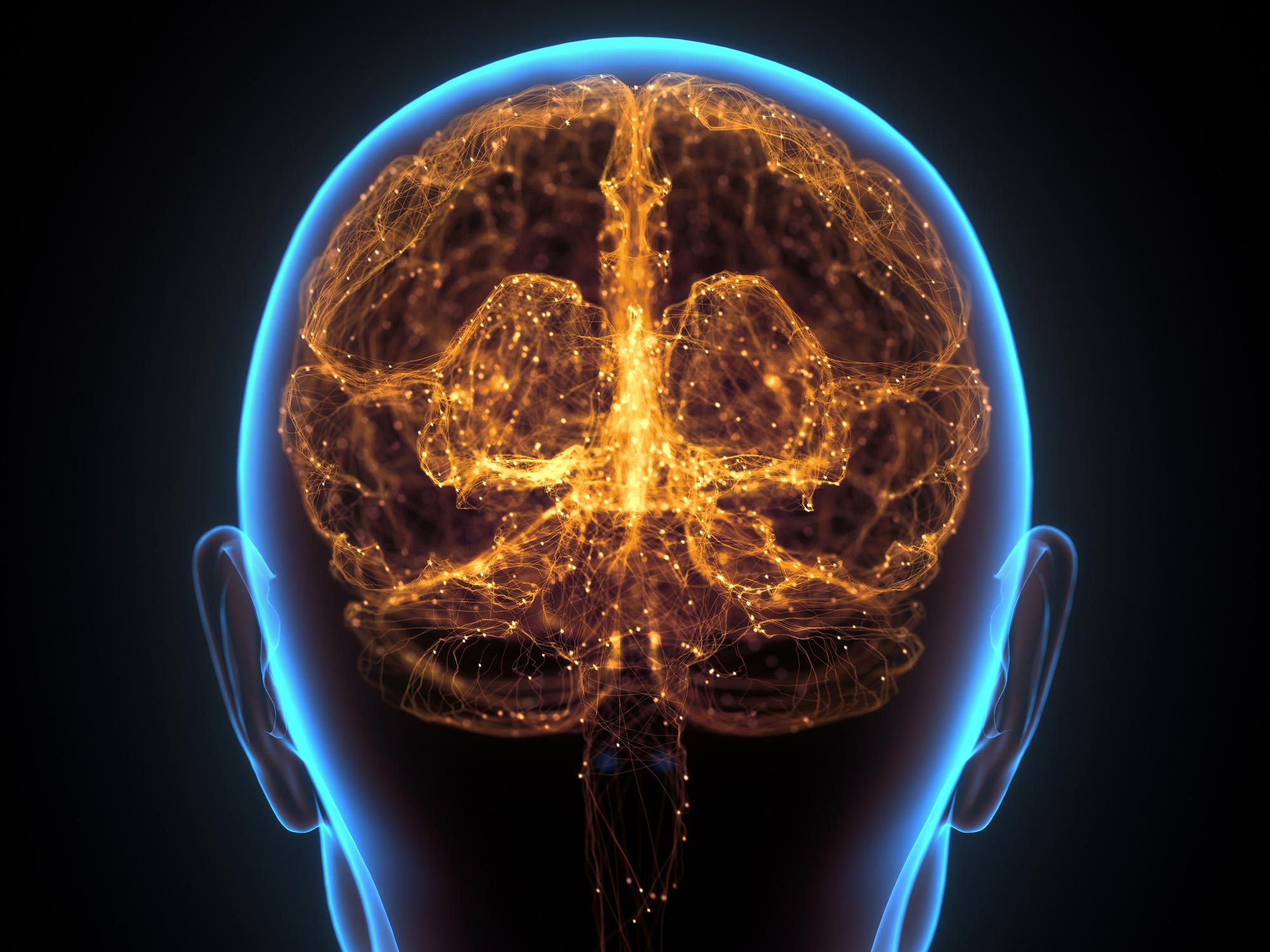New research reveals a striking difference in brain structure between psychopaths and non-psychopaths. Scientists found that psychopaths have a striatum that is 10% larger than those without psychopathic traits. The striatum, a key region in the brain, plays a crucial role in impulse control, decision-making, and seeking rewards. This enlargement may help explain why psychopaths tend to experience higher levels of impulsivity and a stronger desire for stimulation.

Brain Structure Tied to Psychopathic Behavior
Researchers observed this biological difference in both men and women, indicating that psychopathy’s roots may be linked to neurodevelopmental changes. The increased size of the striatum could affect how individuals with psychopathic traits process rewards and control their impulses. This discovery opens a new path for understanding the biological basis of psychopathy and could lead to improved interventions and treatments in the future.
Implications for Future Research
The findings provide concrete evidence that psychopathy is not just a result of environmental influences but also has a strong biological component. Further studies may help scientists develop better tools for early detection and management of psychopathic behaviors.
Sources:
Source
















